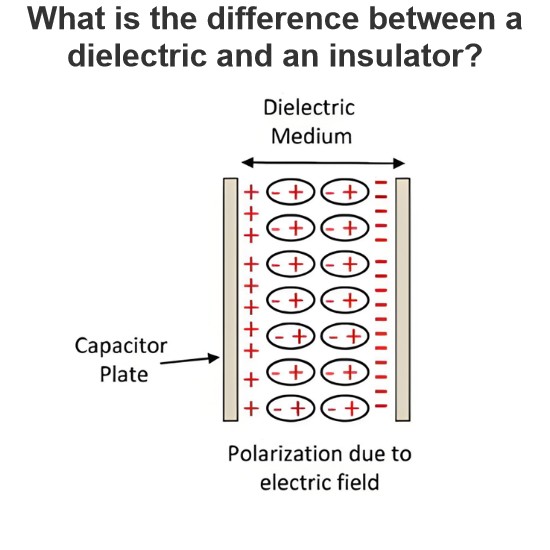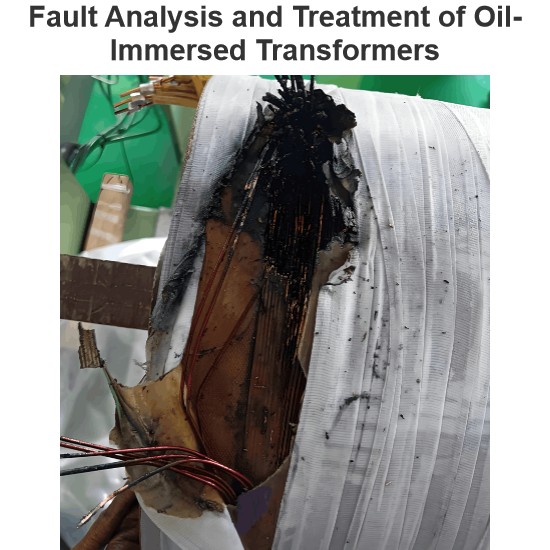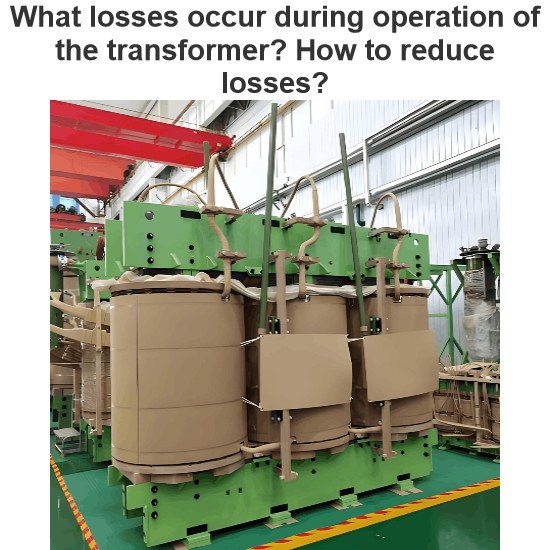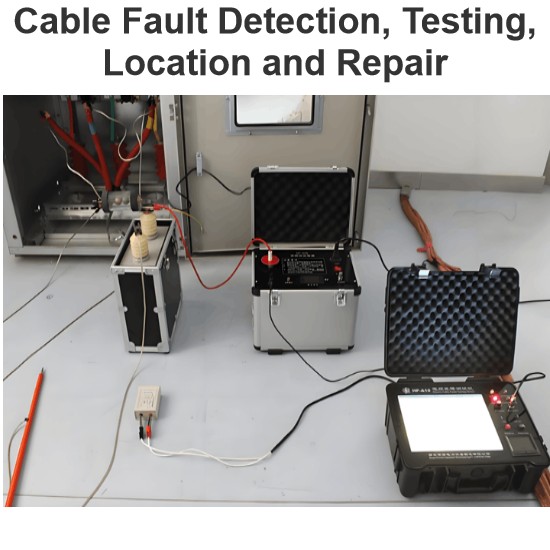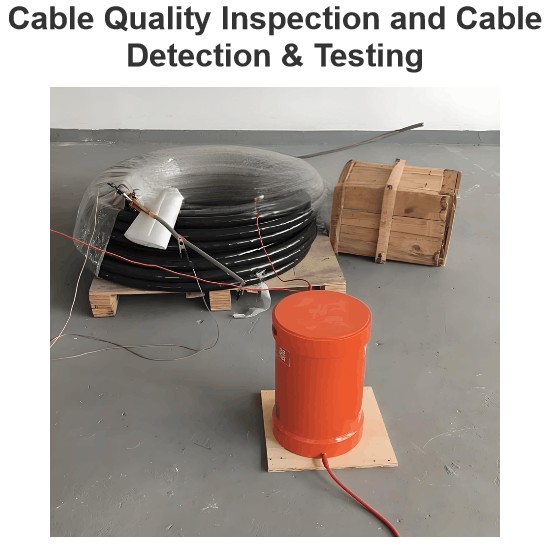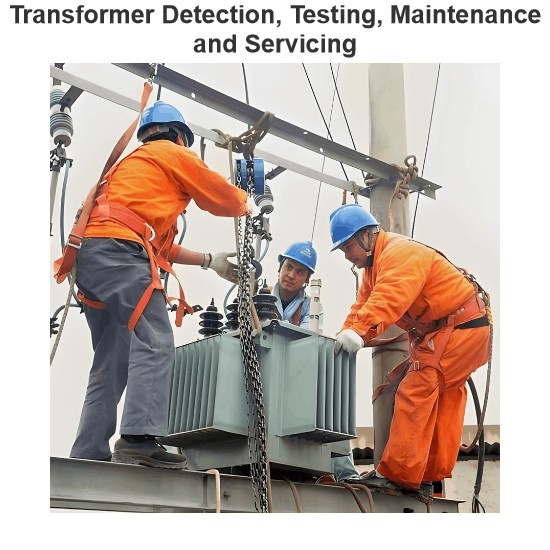| Brand | Wone |
| Model NO. | WD-G350 Integrated high frequency high voltage power supply |
| Rated voltage | AC220V+10% |
| Series | WD-G350 |
Description
This product is mainly used for sampling impulse discharge of high-resistance fault waveform during fault testing of 35kV and below power cables and for impulse discharge when the fault point is accurately located. The sheath is used at precise points, and the burn-through capability can burn through the breakdown point in a short time and reduce the breakdown point resistance.
Feature
Integrated design, built-in capacitor, simple wiring.
Touch screen human-computer interaction, simple setting operation, intuitive and convenient display of instrument status.
With voltage regulation, automatic voltage regulation and automatic protection functions.
The output high voltage has the function of single pulse and continuous pulse, respectively cooperate with the fault tester and the fixed point instrument to find the fault point.
The output high voltage has a DC output, which can be connected to an external ball gap for work, and the application is diversified.
Software controls vacuum shock spark discharge, self-adaptive discharge and pulse cycle.
With emergency stop button, automatic discharge function, automatic voltage reduction and discharge after emergency stop or shutdown, safe and reliable.
The continuous working time is not less than 6 hours, which meets the longest working time of the cable fault test.
Engineering chassis design, compact structure.
Specifications
| Output mode | pulse output/DC output |
| Output voltage | negative voltage, ≤35kV |
| Working current | ≤40mA |
| Working mode | ingle pulse/continuous pulse/DC output |
| Built-in capacitor | 2.8uF/35kV |
| Discharge energy | ≤1715J |
| Pulse period | 3s~8s self-adaptive |
| Auto-discharge | automatic discharge after shutdown |
| Working power supply | power frequency 220V±10% |
| Display screen | 800×480 resolution touch display |
| Working temperature | -10℃~40℃ |
| Working humidity | ≤80% |
| Altitude | ≤1000 meters |
| Dimensions | 478(L)*370(W)*448(H) mm |
| Weight | ≤28kg |

